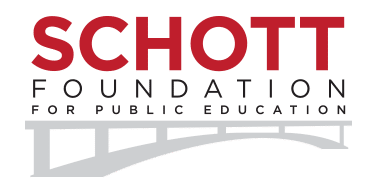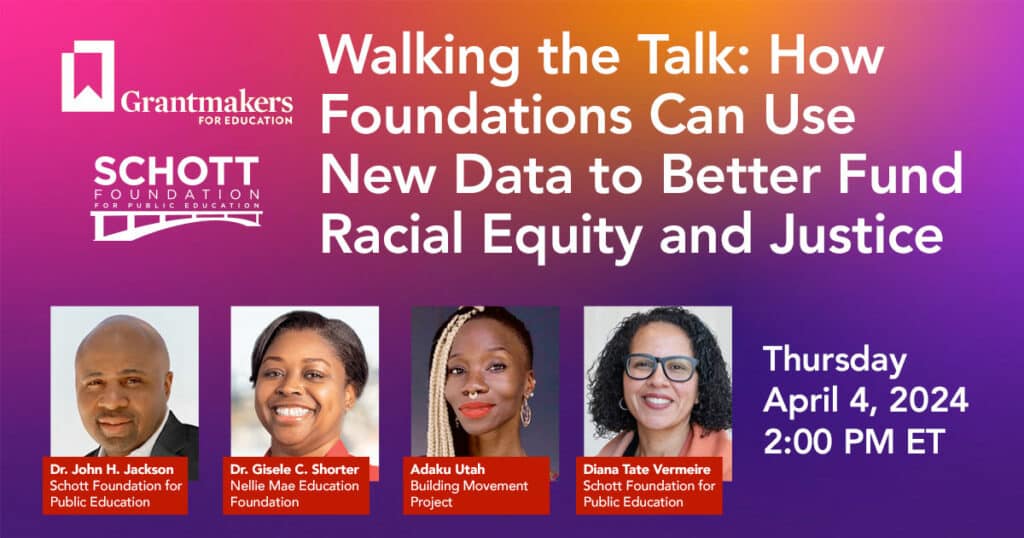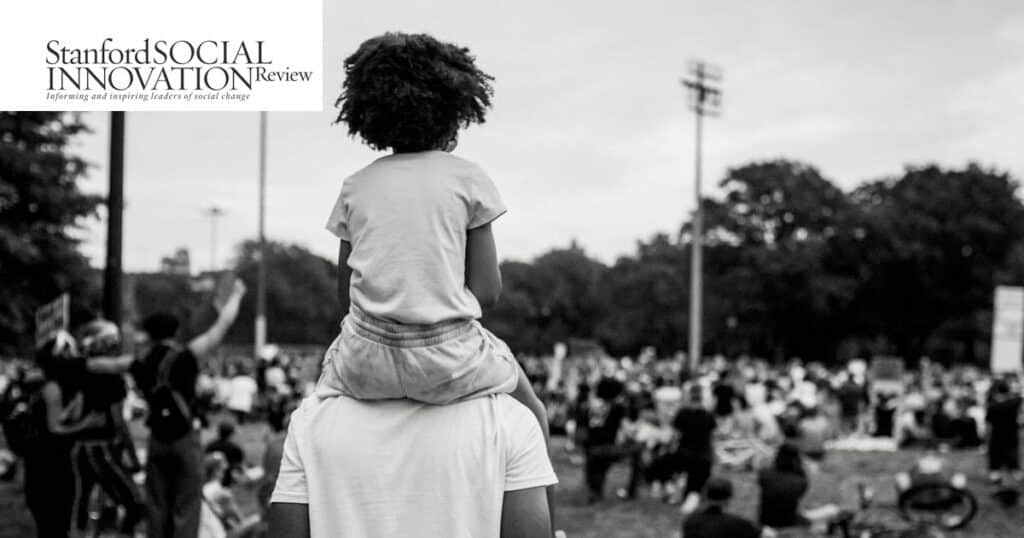Blog
Four Things Philanthropy Should Know About Education Funding Lawsuits

School funding lawsuits can move billions of dollars and help millions of students and the communities they live in. So how can education funders leverage these efforts? Get started by learning four things philanthropy should know about school funding lawsuits.
1. Lawsuits have the potential to provide philanthropy with a huge return on investment
In the most recent data from our Justice Is The Foundation project, from 2017-2019, K-12 education philanthropy gave an estimated $4.7 billion each year. Alone, this number appears impressive. But according to a report by the Alliance to Reclaim Our Schools, from 2005-2017, public schools in the U.S. were under-funded by an average of $48.3 billion in Title 1 and IDEA federal dollars.
Philanthropy can’t come close to filling the inequitable funding gaps in our public education systems, gaps that disproportionately harm low-income and BIPOC children.
As our President & CEO Dr. John H. Jackson has put it:
“Philanthropy’s best business model to address structural racism is to use our private dollars to get a larger public investment.”
Funders can do this by investing in a spectrum of efforts for systemic change, including lawsuits, grassroots organizing, and policy advocacy.
The historic and successful school funding lawsuit in New York, the Campaign for Fiscal Equity (CFE), was one of Schott’s first grantees back in the ‘90s. We’ve granted several million dollars to CFE and its partner and successor groups over the years, but that sum is paltry compared to the amount of sustained new public dollars won through the effort — over $1 billion each year, with an emphasis on supporting historically underserved schools and districts.
And the measurable impacts of successful school funding equity litigation are more than just monetary. A 2015 paper in the Quarterly Journal of Economics found a host of immediate and long-term benefits to increased and more fairly distributed education funds, including higher graduation rates, employment rates, income, and reduced incidence of poverty.
2. Impact litigation provides benefits, even if suits don’t win in court.
The coalitions brought together for these kinds of transformative lawsuits have, through the necessary research, organizing, popular mobilization and policy advocacy, consistently won smaller victories long before the final verdict is rendered, whether it’s in their favor or not. Groups in New York like CFE and the Alliance for Quality Education won significant partial wins long before the courts ruled in their favor, and in the seven years since the education funding lawsuit in Pennsylvania was filed, the pressure of the lawsuit and the movement growing with it resulted in progress in the legislature, particularly for the lowest-income school districts.
3. Lawsuits are just one part of a constellation of efforts that all need support
Systemic problems require systemic solutions. It’s easy for foundations and large donors to stick with a “lane” to fund, like direct service, research, or advocacy. But the history of education justice movements show that communities are most powerful and successful when the entire array of organizations and efforts involved are supported with the resources they need, including — and especially — those activities that don’t immediately grab headlines, or look impressive on social media. What organizations need from us is the funding to do their jobs, our trust that they know how best to do them, and the time they need to complete them. This leads us to our final point:
4. The metrics of this kind of long-term work aren’t as tangible—and that’s okay
For funders new to advocacy work, especially legal strategies, bringing along the grantee performance metrics you’ve used elsewhere can lead you astray.
The timeframes are longer. The CFE case in New York took more than a decade to reach a full legal victory, and almost two more decades for a final budgetary win. Short-term funding, with hard and fast short-term goals, does a disservice to the grantmaker, grantee, and the movement. Be in conversation with your grantee partners and adjust your grantmaking policies and timelines to accommodate the important work that needs to be done. Given how slowly our justice system moves, consider making longer grant commitments than you’ve previously been comfortable with, and recognize that multiple program officers and presidents may cycle through your organization before funding lawsuits may see a final verdict.
The outcomes look different. Direct service philanthropy can be easy to measure: how many meals were served? How many students were mentored? But what does successful legal work on school funding cases look like? They can look like research reports commissioned, surveys completed, personal stories compiled and told, thousands of pages of testimony prepared, press conferences held, important motions filed. When it comes to measuring the success of any grant, we should always be reaching those benchmarks collaboratively with our grantees, and especially so when a field of work is new to us.
—
In an age of disruption, our philanthropic sector can take this opportunity to invest in new and ambitious projects, get out of our comfort zones, and take a cue from education justice advocates in our communities. A vibrant ecosystem of grassroots organizers, advocates and legal champions working in tandem — and supported by funders who trust them — is needed to overcome systemic inequities. Whether it takes a month, a year, or a decade to achieve, our children and communities are worth it.


